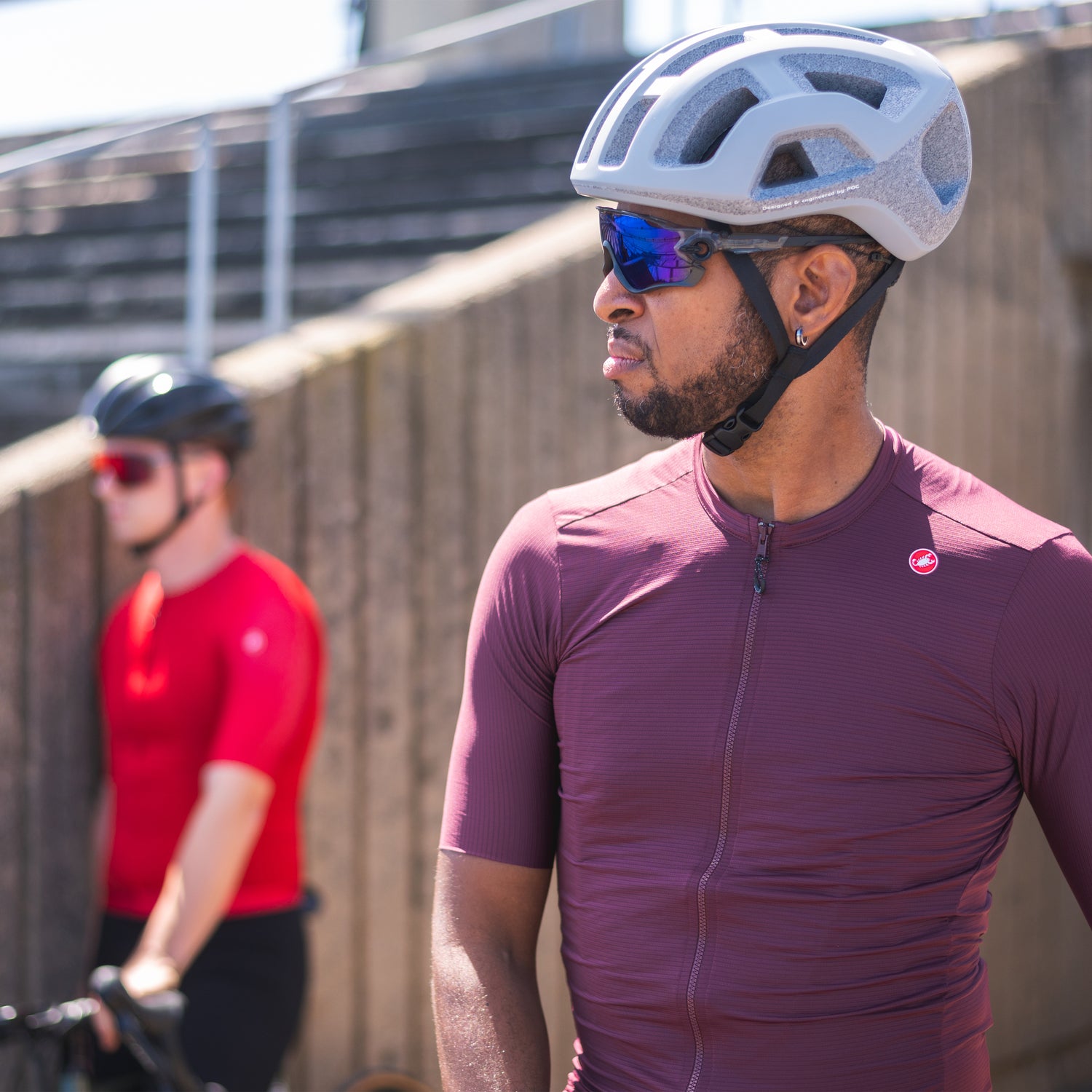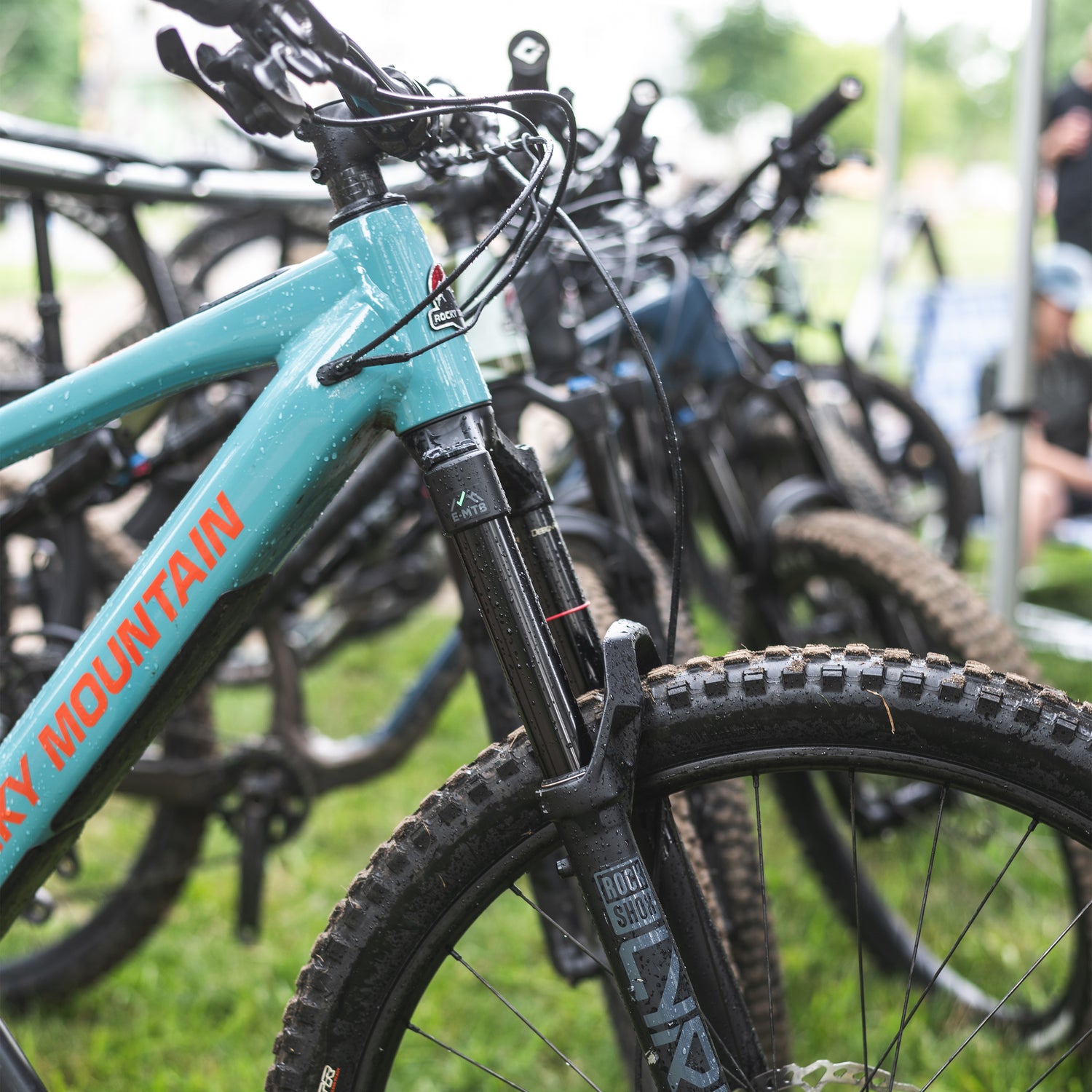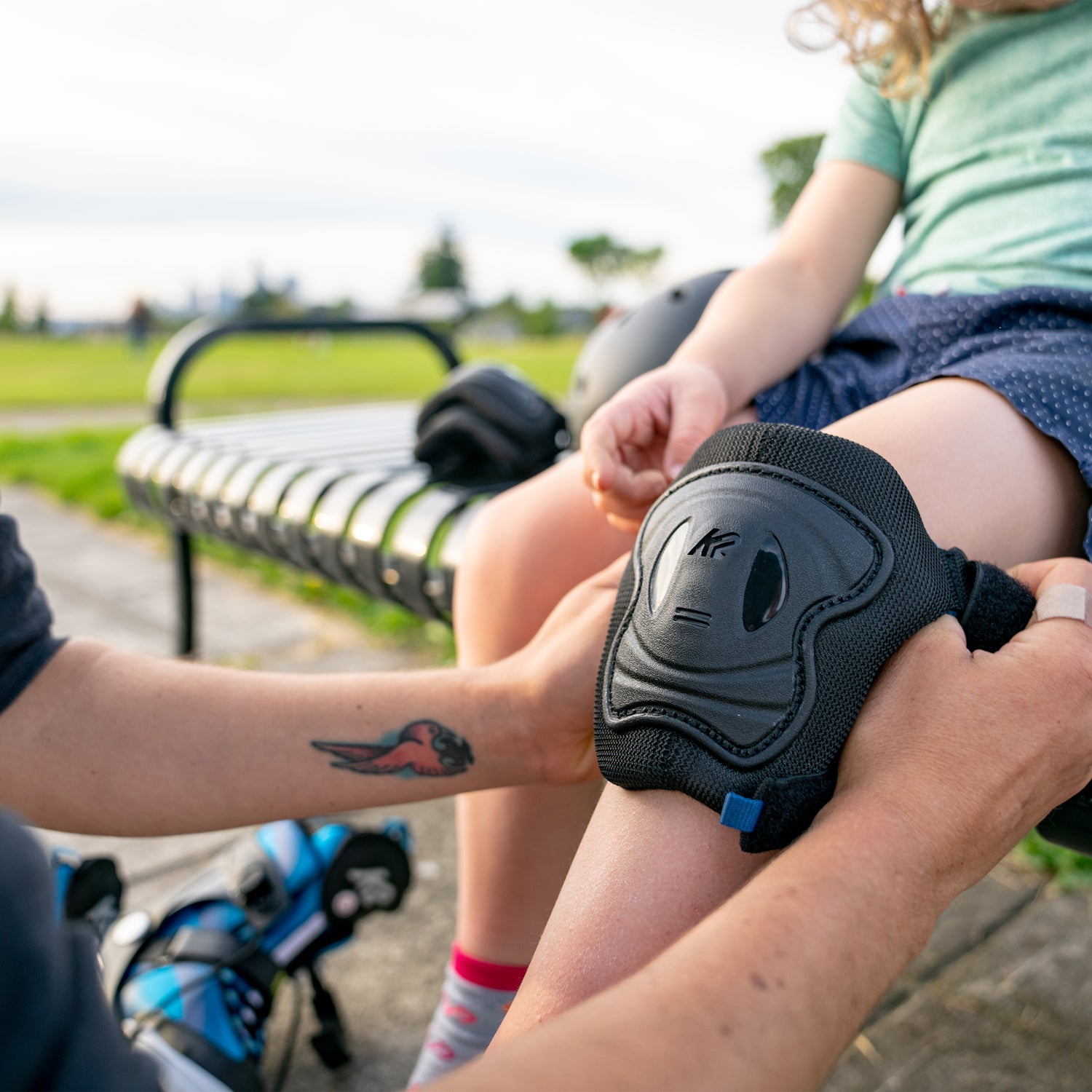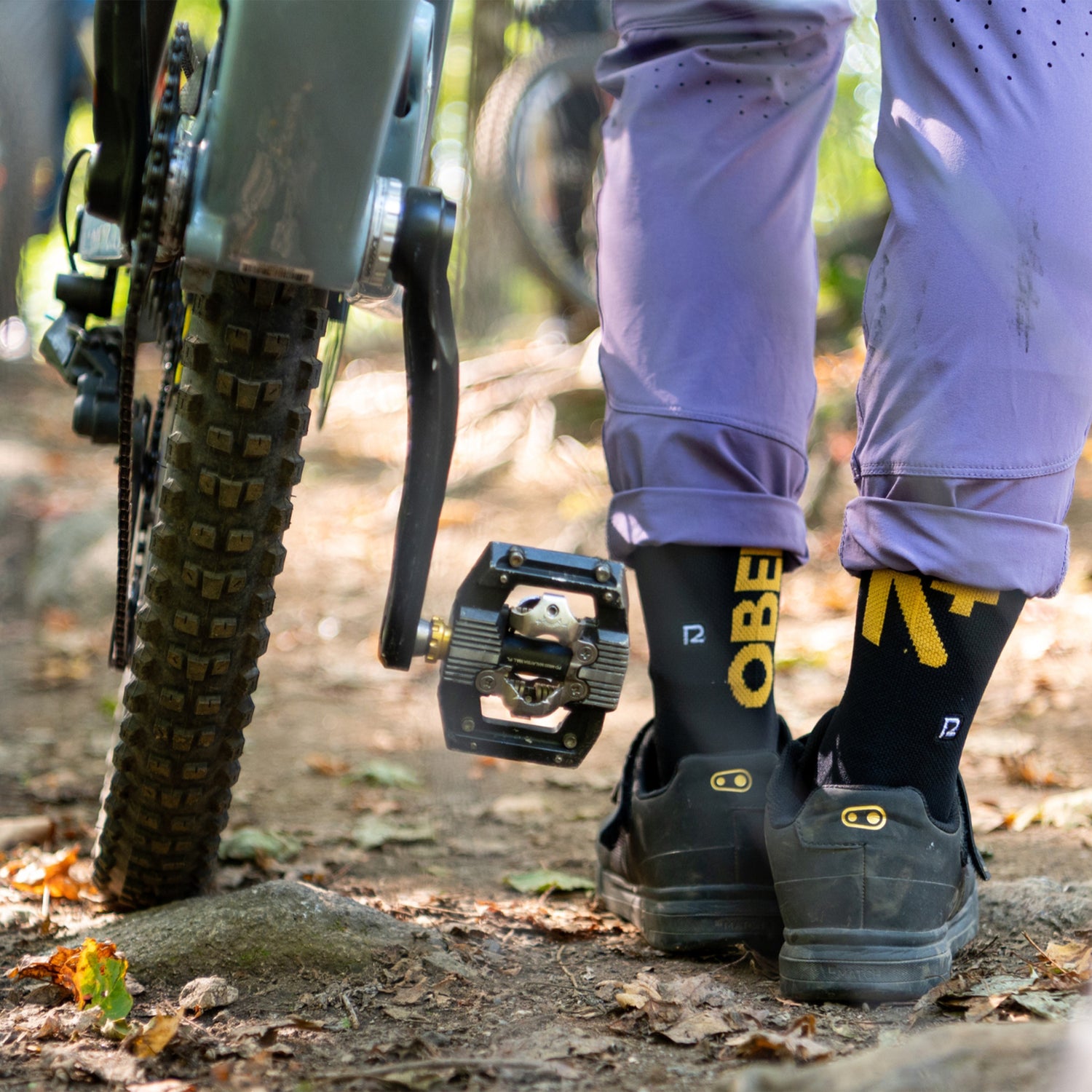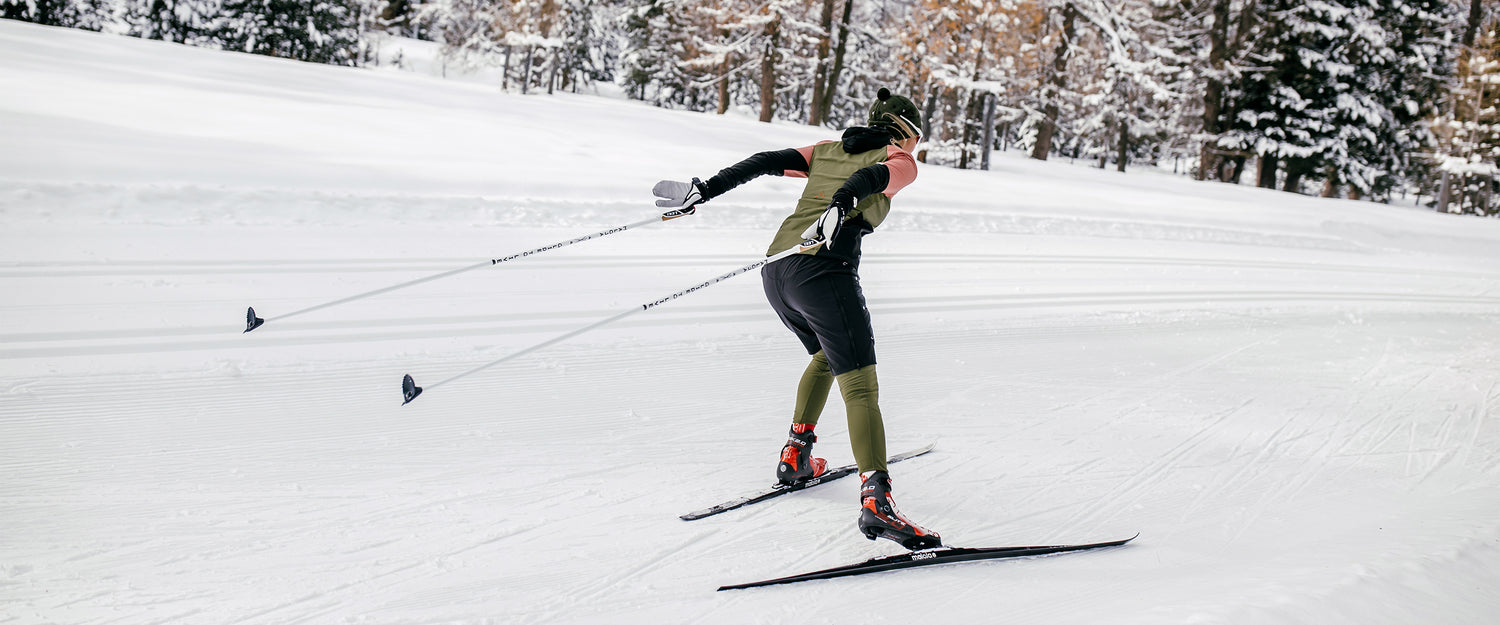1. What’s the difference between classic cross-country skis and skate skis?
Recreational classic skis have an hourglass shape; in other words, they have a sidecut like an alpine ski. This provides better control, easier braking and more stability thanks to the stiffer tip and tail and broader width. Classic cross-country skis have glide zones at the tips and a kick zone at the waist (i.e., along the area under the binding). Scales, half-skins and wax give the ski grip.
Are you more into classic cross-country skiing? Find out how to choose your equipment.
Skate skis are designed for high performance levels. The javelin-shaped skis are stiff and rather narrow at 44 mm or 45 mm wide. Since the pushing movement is lateral rather than horizontal like classic skiing, their camber is designed to give some pop so you can perform the movement correctly. Unlike classic skis, they don’t have a kick zone. The glide zone runs the full length of the ski, and their camber is stronger than that of classic skis.
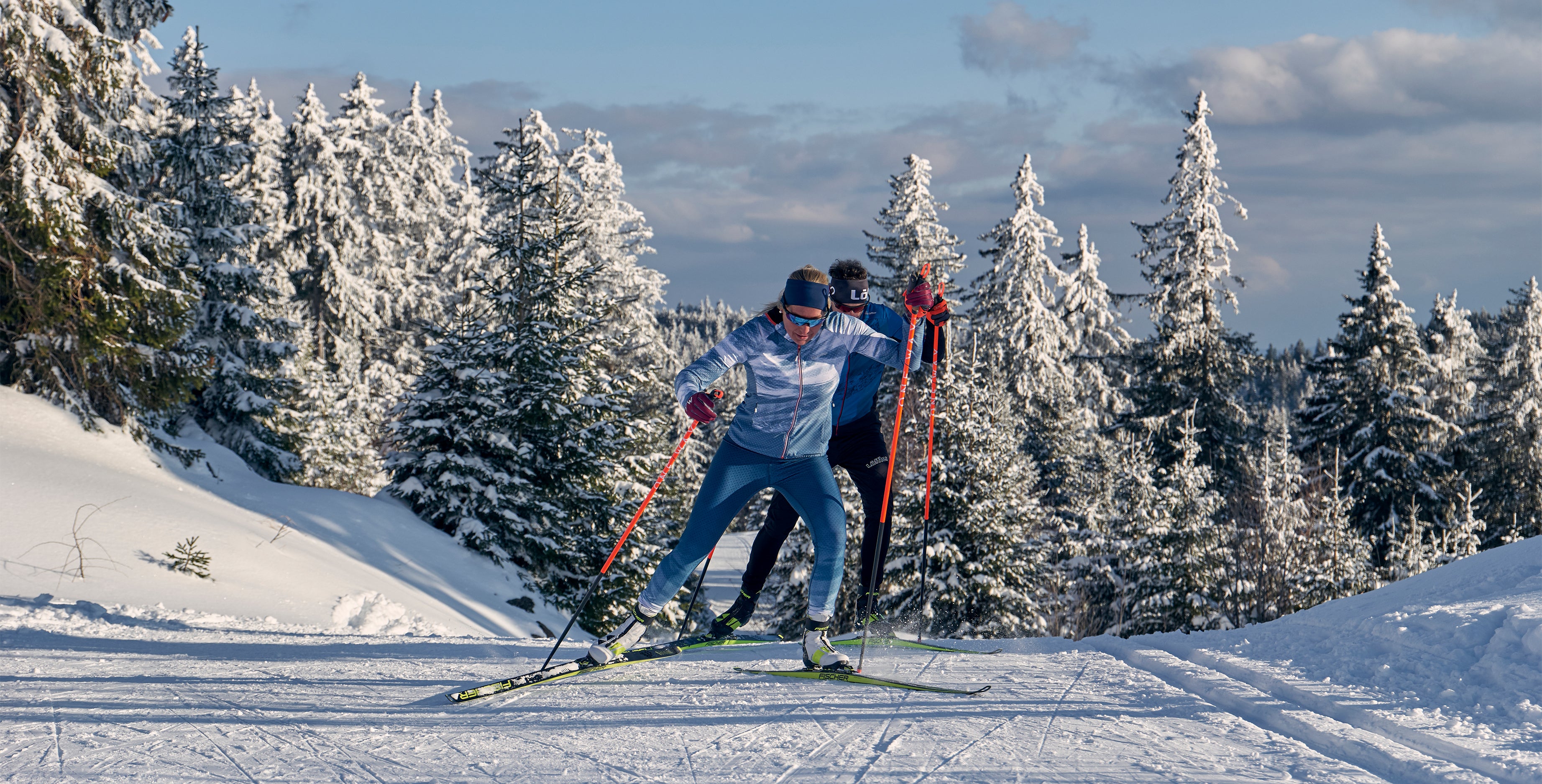
2. How to determine the skate skis’ length?
Cross-country ski size is determined by the skier’s weight, not his or her height. Manufacturers’ size charts are an excellent point of reference, but ideally you should go to a shop to make sure you choose the correct length.
3. The flex of skate skis
Skate skis are stiffer along their entire length than classic cross-country skis. The skis’ camber combined with their torsional rigidity provide the pop needed to make the more dynamic side-to-side movements. That said, for beginners, we recommend softer skate skis. They’ll be easier to handle and more forgiving. Keep in mind that choosing gear based on your technical skill level is critical.
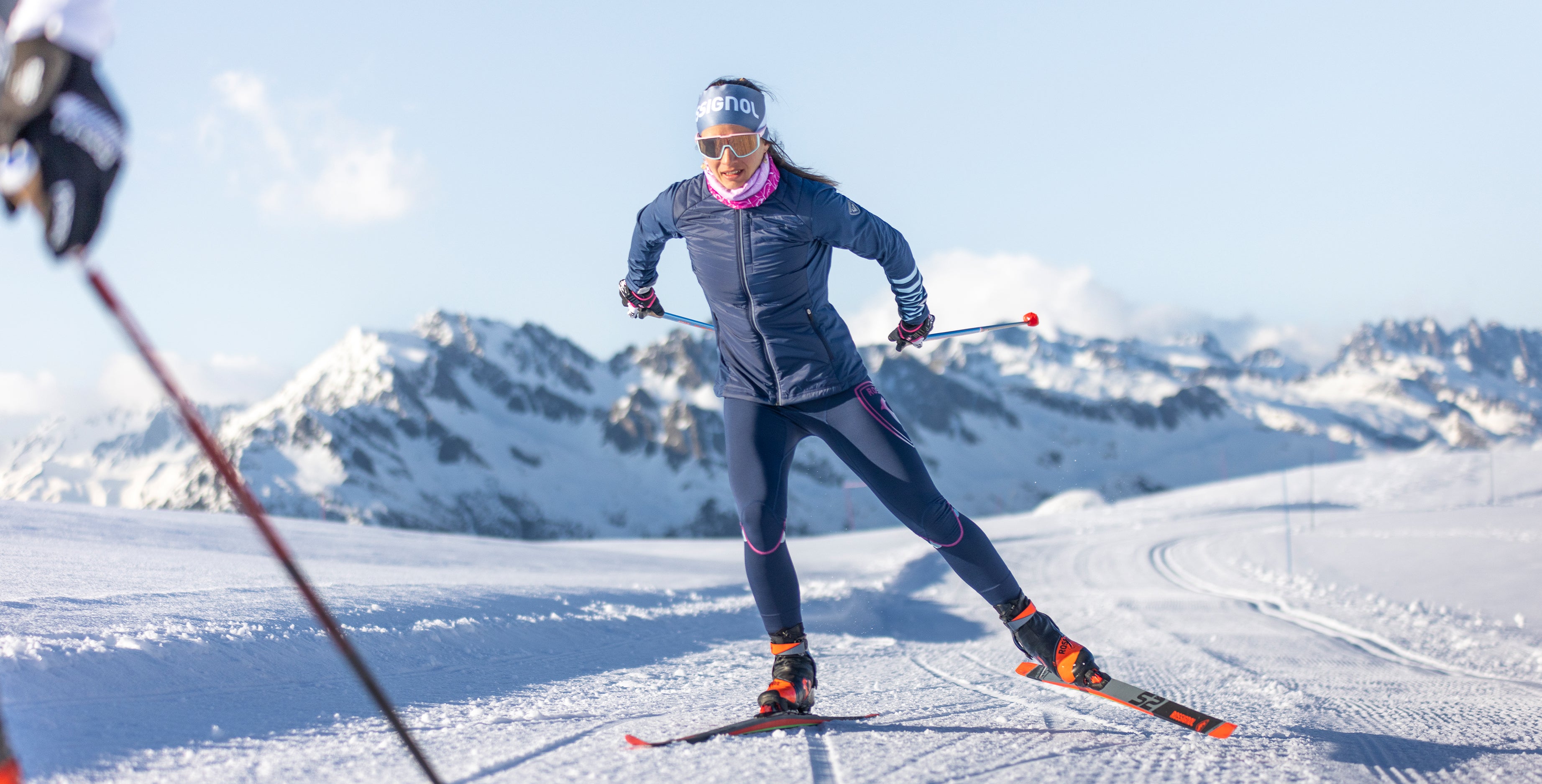
4. Skate ski bindings
Because skating involves a lateral movement rather than a heel lift with each stride, skate ski bindings have a stiffer flexor than classic ski bindings. This allows the ski to stay closer to the foot. It’s essential to choose a binding that’s designed for skate skiing. The various binding manufacturers all now comply with the NNN standard.
Note that there are no longer any boots with the Salomon SNS Pilot system on the market. All boot and binding manufacturers now comply with the NNN standard, aka Turnamic (Fischer and Rossignol) or Prolink (Atomic and Salomon).
Shop Cross-Country Ski Bindings
5. Skate ski boots
Skate ski boots have a stiffer sole because the technique doesn’t require foot flexion. The more you’ve mastered the movement, the stiffer the boot can be. This stiffness makes it higher performing and more dynamic. But for a first season of cross-country skate skiing, we recommend softer boots.

6. Skate ski poles
Skate ski poles are longer than the ones you would use for classic skiing. Your poles should reach somewhere between your nose and mouth.
7. Where to go skate skiing?
Since skating involves side-to-side movements, you don’t ski on trails groomed with grooves for classic skiing. Skate skiing is enjoyed on trails specifically designed for the technique. Many classic cross-country ski trail networks are set up so you can skate alongside the classic trails.

8. Cross-country skate ski maintenance
To get the best performance and keep your gear in good condition, explore our article on cross-country ski maintenance.
